|
An epiphyte is a plant that grows on another plant... so what would we call a plant that grows on a shoe??? The French artist and designer Christophe Guinet has been exploring the use of plant materials to create the most beautiful Nike shoes that I have ever seen! This interesting work is undoubtedly painfully slow but I think the results really do reflect the delicacy of a small orchid on a host tree or the interwoven communities of moss and ferns amongst flaky tree bark. If you used epiphytic species and kept the shoe in the right environment, you might even be able to keep them alive... maybe moss and Bulbophyllum pygmaeum? To see more, check out Christophe's website: www.epiphytegarden.com
1 Comment
Fancy a fix of New Zealand canopy flora? Here a few websites that share quality information on epiphytes, vines, mistletoes and more: NZPCNThe New Zealand Plant Conservation Network is a great source of information and photos of native and exotic plants. Running since 2003, this network has many databases, tools and online features that help people to conserve our native plants. The network has 600 members across the world but the website is also regularly used by hundreds of non-members. Members work in various ways to protect the unique indigenous plant life of New Zealand. What is great about NZPCN?
|
Subscribe to NZ Epiphyte Blog:Like us on Facebook!
Catherine KirbyI work with NZ's native vascular epiphytes at the University of Waikato. I completed an MSc on epiphyte ecology and the shrub epiphyte Griselinia lucida and have recently published the Field Guide to NZ's Epiphytes, Vines & Mistletoes. Categories
All
Archives
August 2016
|
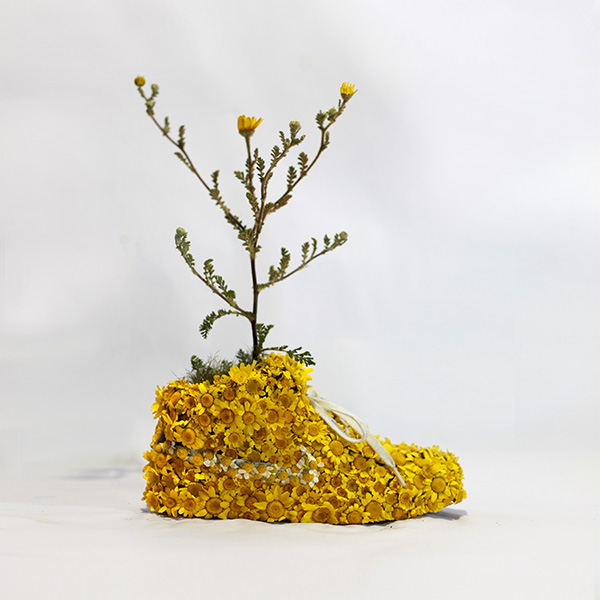
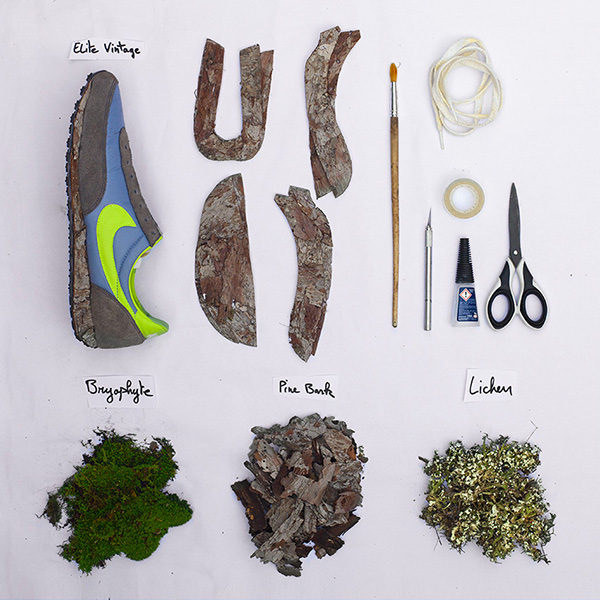
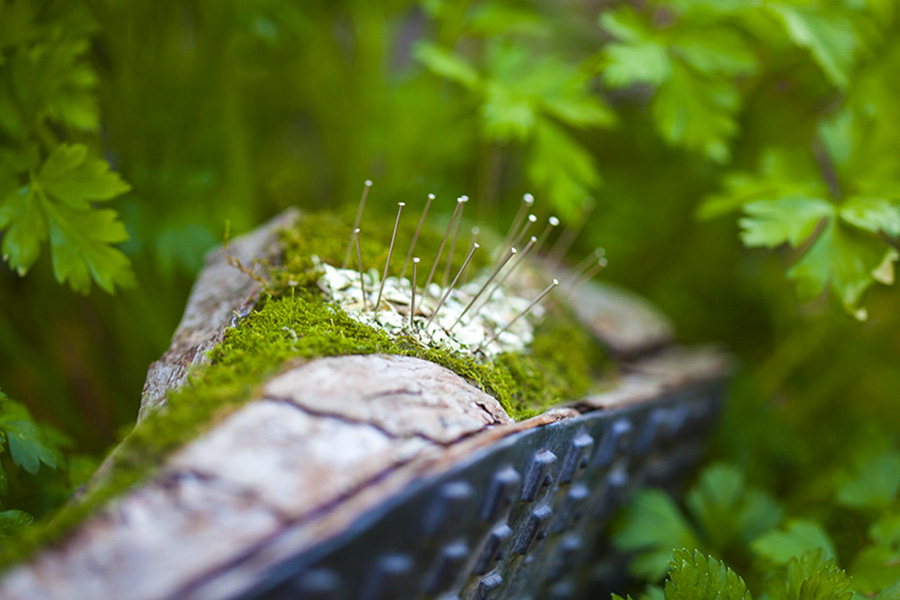
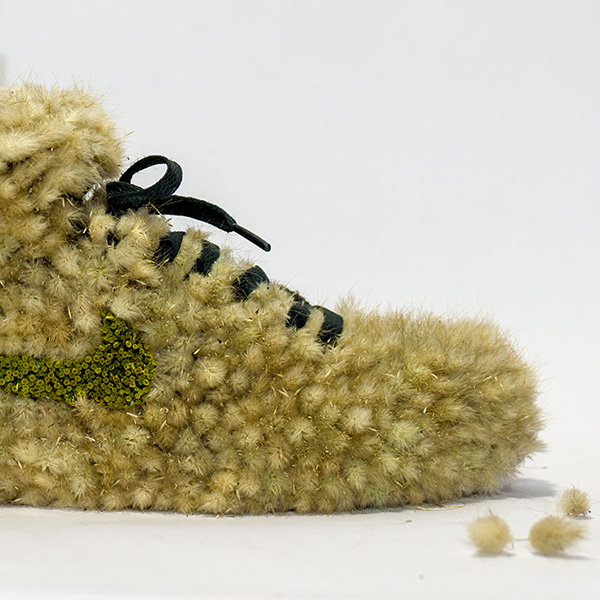
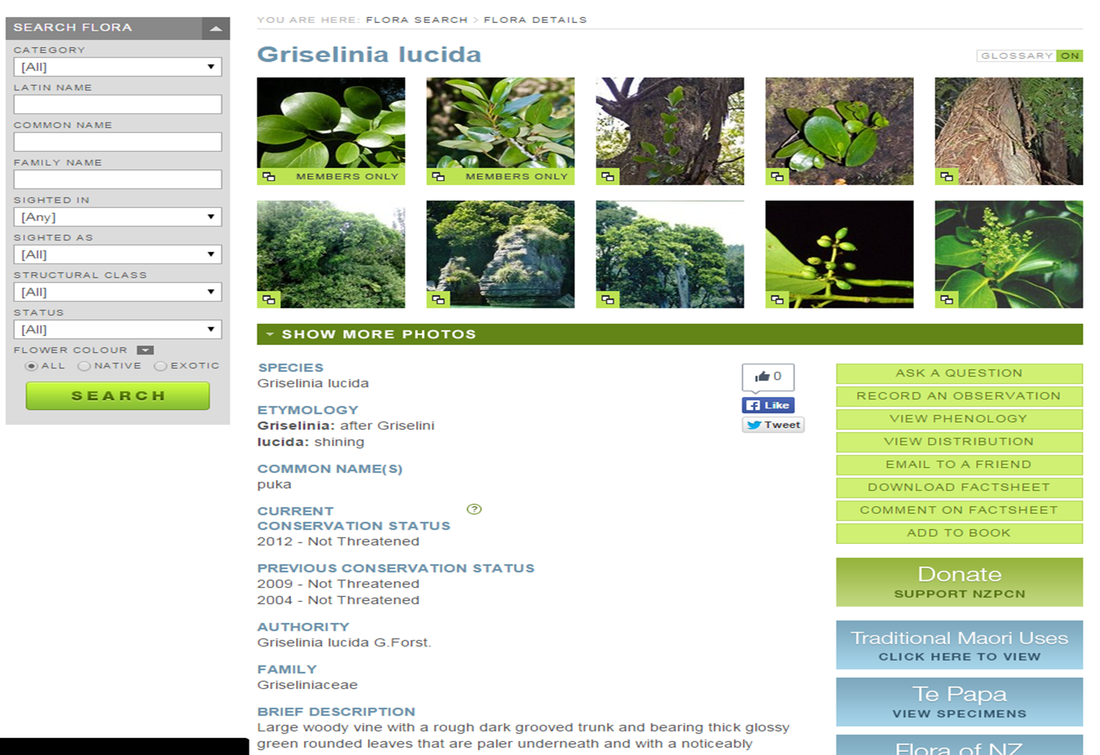
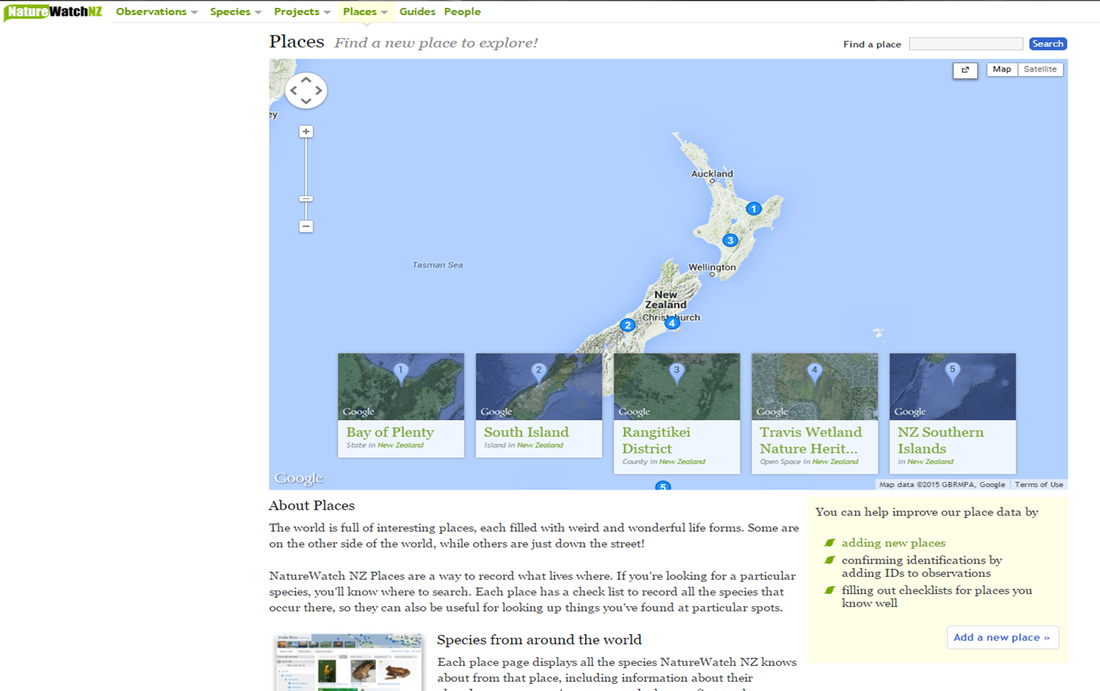
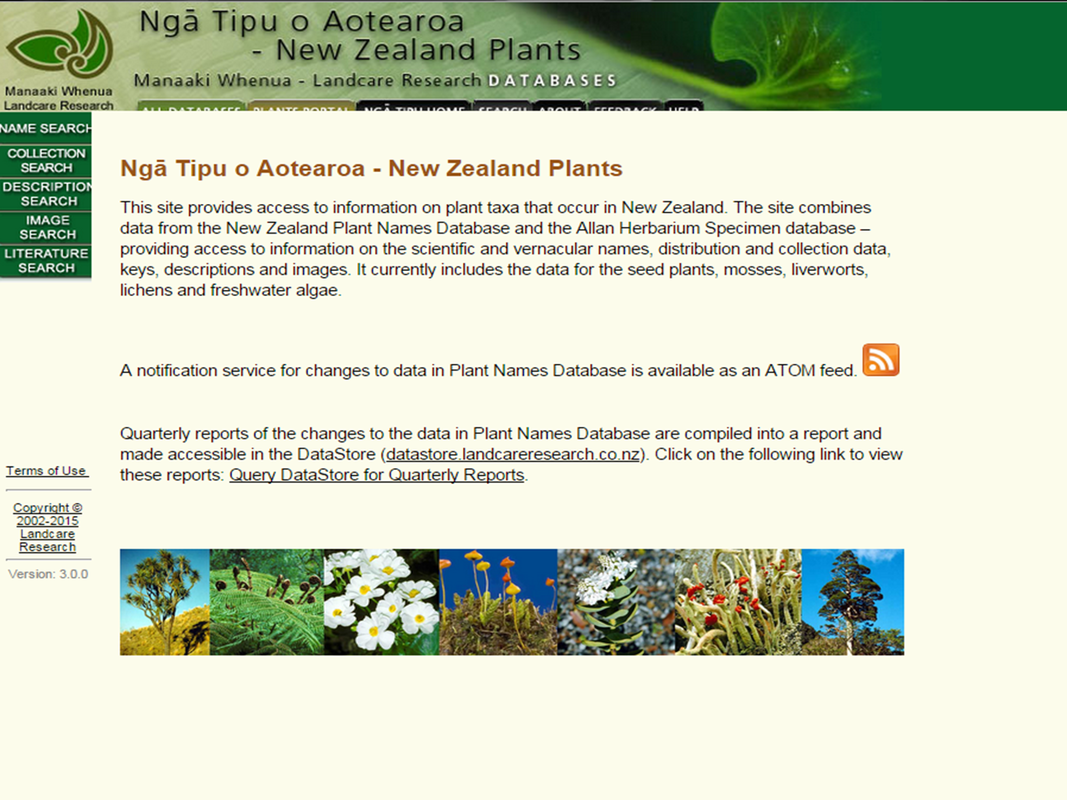

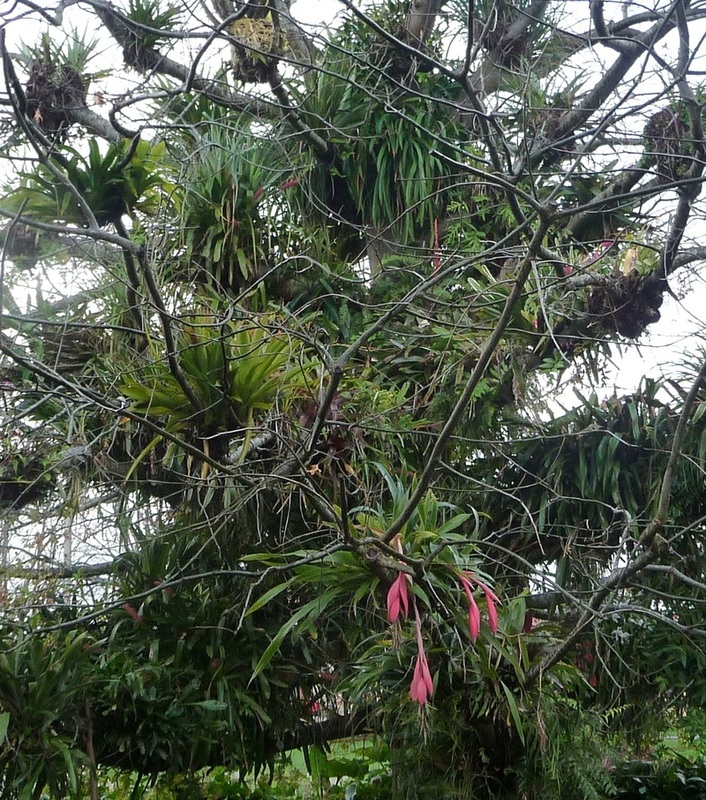
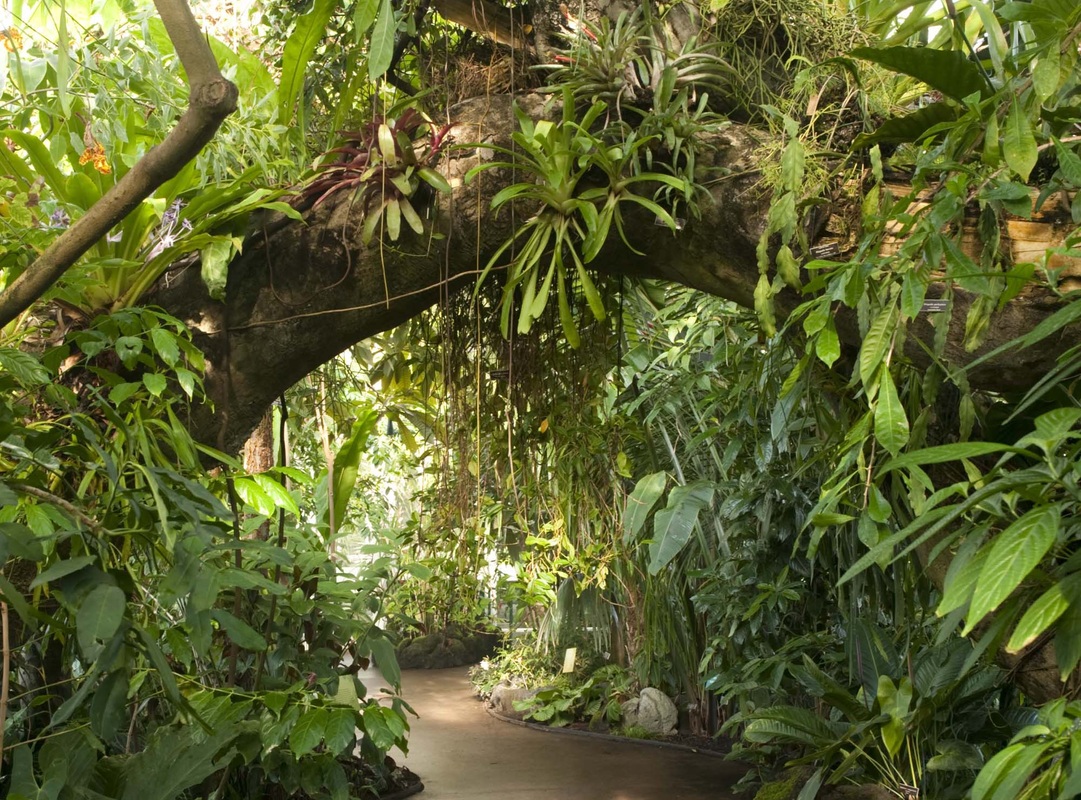
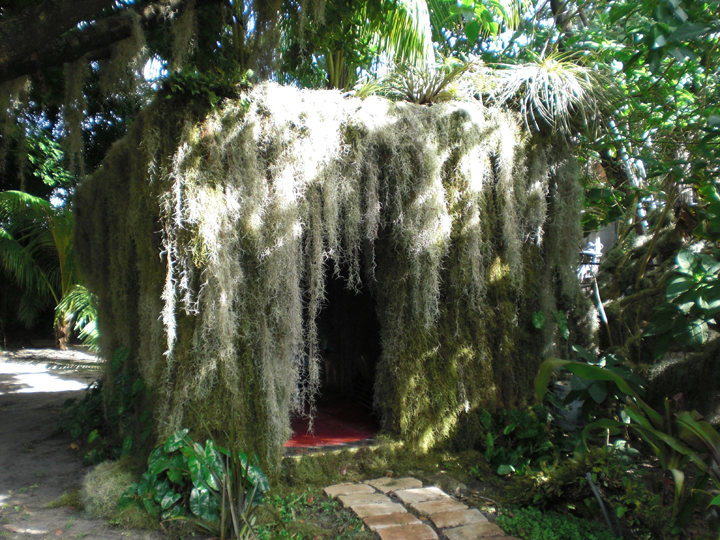
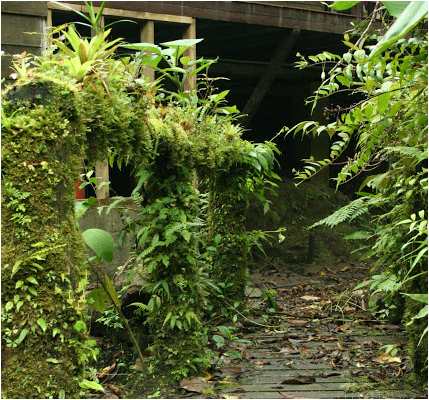
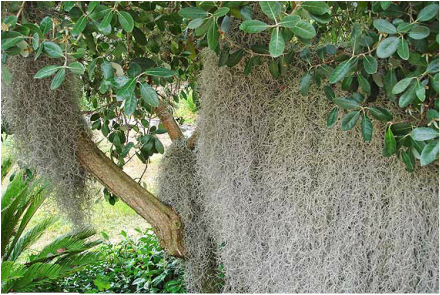

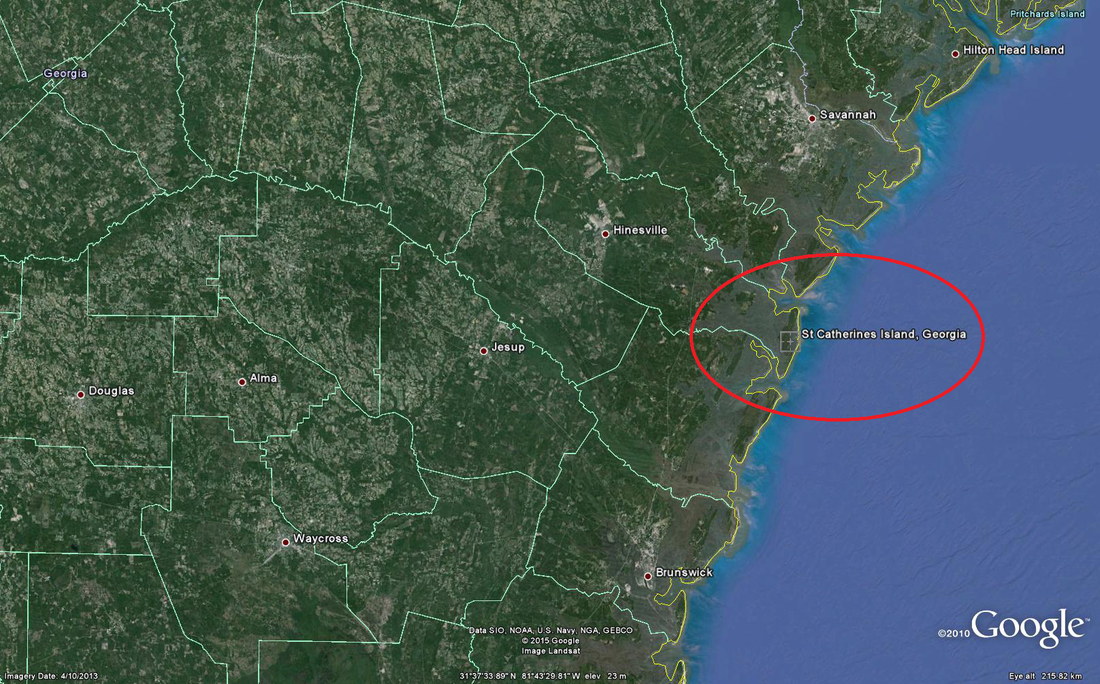
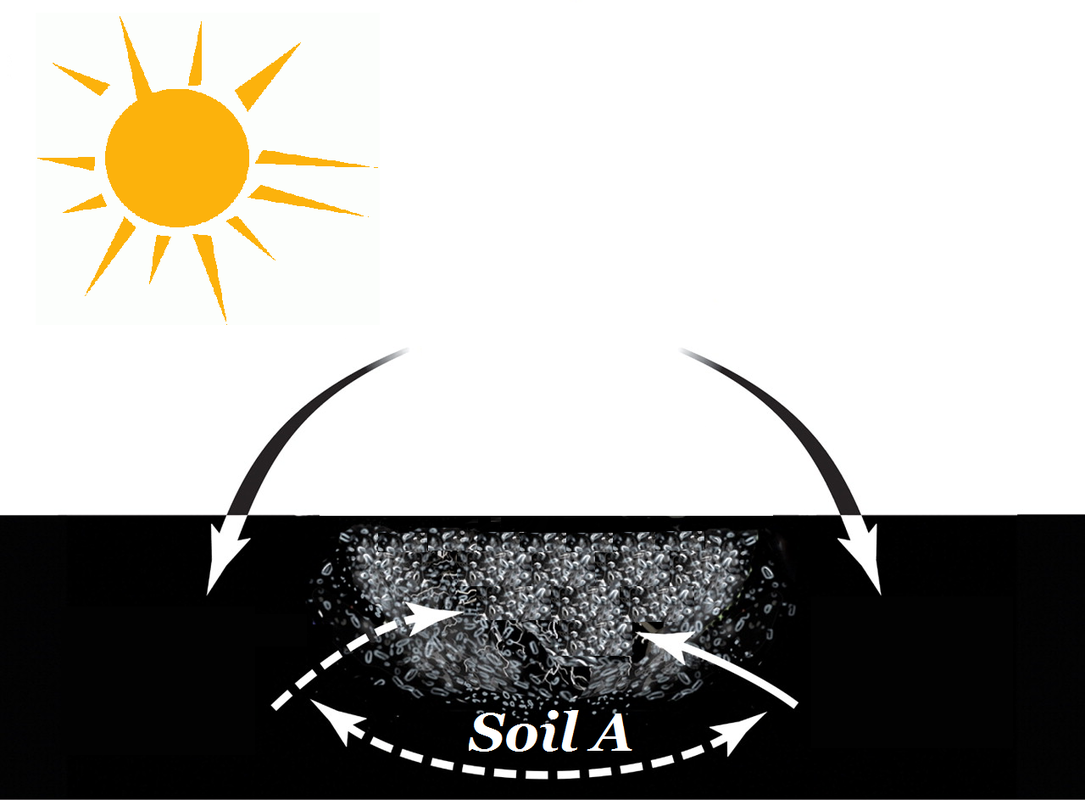
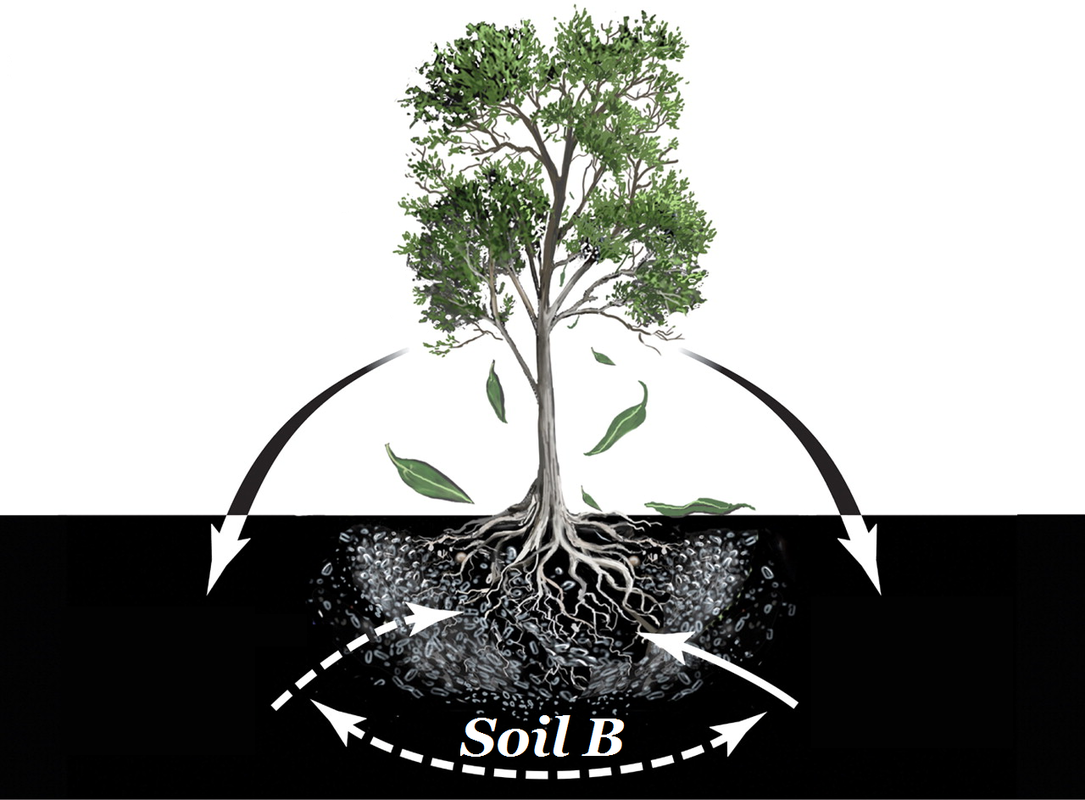
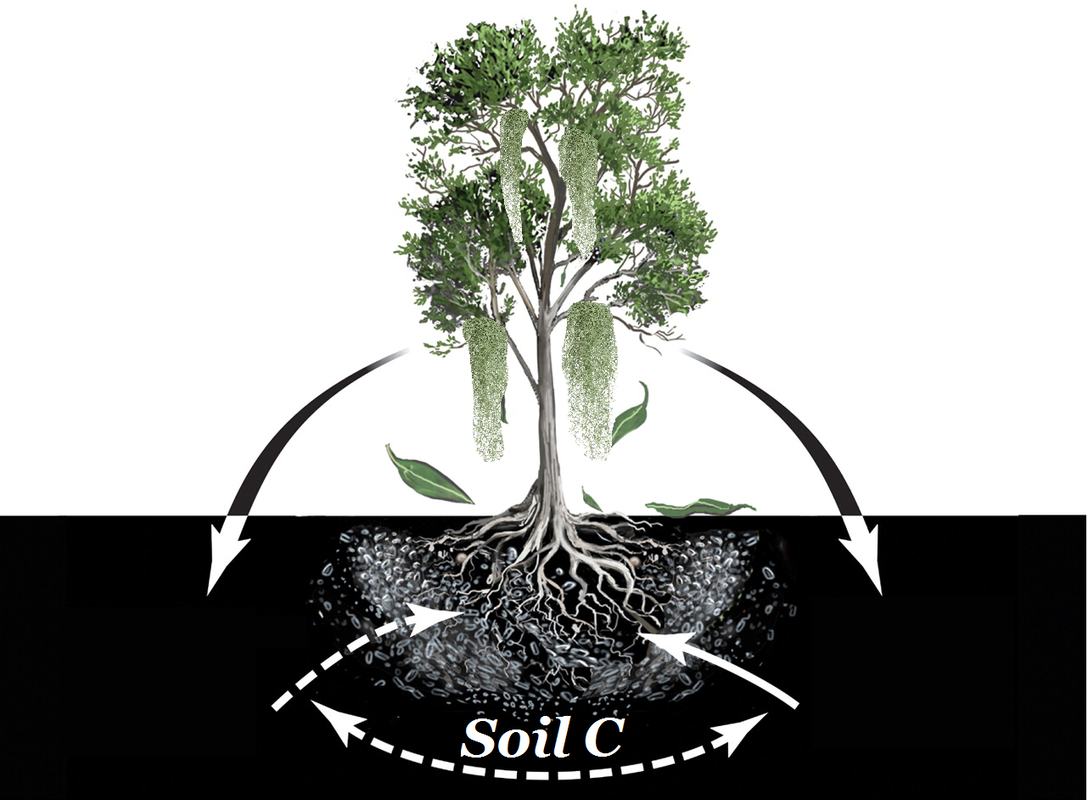

 RSS Feed
RSS Feed
